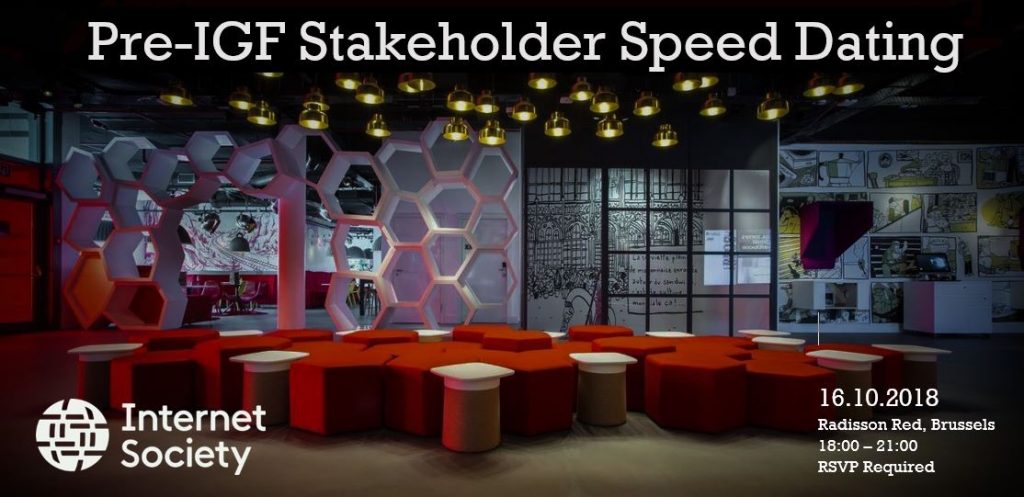Why Is Network Automation such a Hot Topic?
This blog post was initially sent to subscribers of my SDN and Network Automation mailing list. Subscribe here.
One of my readers asked a very valid question when reading the Why Is Network Automation So Hard blog post:
Why was network automation 'invented' now? I have been working in the system development engineering for 13+ years and we have always used automation because we wanted to save time & effort for repeatable tasks.
He’s absolutely right. We had fully-automated ISP service in early 1990’s, and numerous service providers used network automation for decades.
Read more ...
 The company said it’s using service providers as its SD-WAN sales channel and banking on large managed services deals.
The company said it’s using service providers as its SD-WAN sales channel and banking on large managed services deals.
 The news comes as major cloud providers including AWS, Microsoft, and IBM are competing for a $10 billion, 10-year cloud contract from the U.S. Department of Defense.
The news comes as major cloud providers including AWS, Microsoft, and IBM are competing for a $10 billion, 10-year cloud contract from the U.S. Department of Defense.



 SDxCentral Weekly Wrap for October 12, 2018. Apple and Amazon deny they were the victims of an elaborate spying plan by the Chinese government.
SDxCentral Weekly Wrap for October 12, 2018. Apple and Amazon deny they were the victims of an elaborate spying plan by the Chinese government. The company will now give IT workers that are transferring to Infosys the option of receiving an exit package if they decline to move to the outsourcing firm.
The company will now give IT workers that are transferring to Infosys the option of receiving an exit package if they decline to move to the outsourcing firm. Netsurion, a newcomer to the SD-WAN market, has found its niche in the market as it builds its SD-WAN as integrated secure connectivity service.
Netsurion, a newcomer to the SD-WAN market, has found its niche in the market as it builds its SD-WAN as integrated secure connectivity service. The startup developed a type of composable infrastructure that focuses specifically on computing resources.
The startup developed a type of composable infrastructure that focuses specifically on computing resources.
 CenturyLink becomes an expert Microsoft Azure MSP; Huawei debuts a series of AI chips; Google releases its alert center for security threats.
CenturyLink becomes an expert Microsoft Azure MSP; Huawei debuts a series of AI chips; Google releases its alert center for security threats.